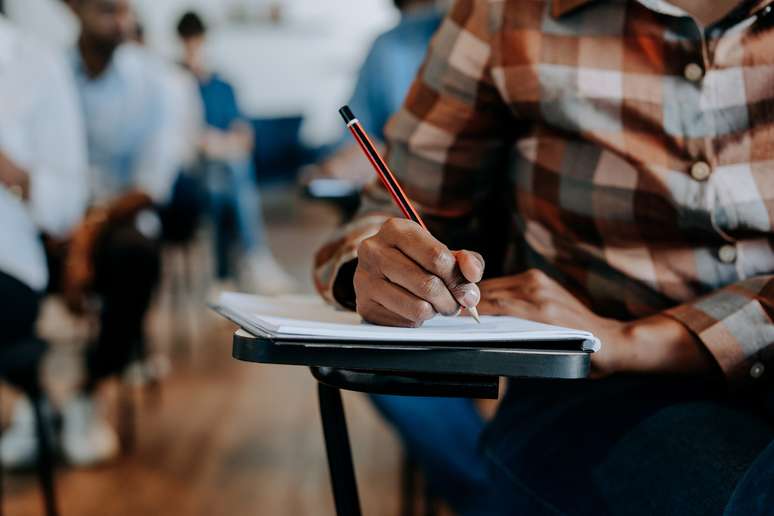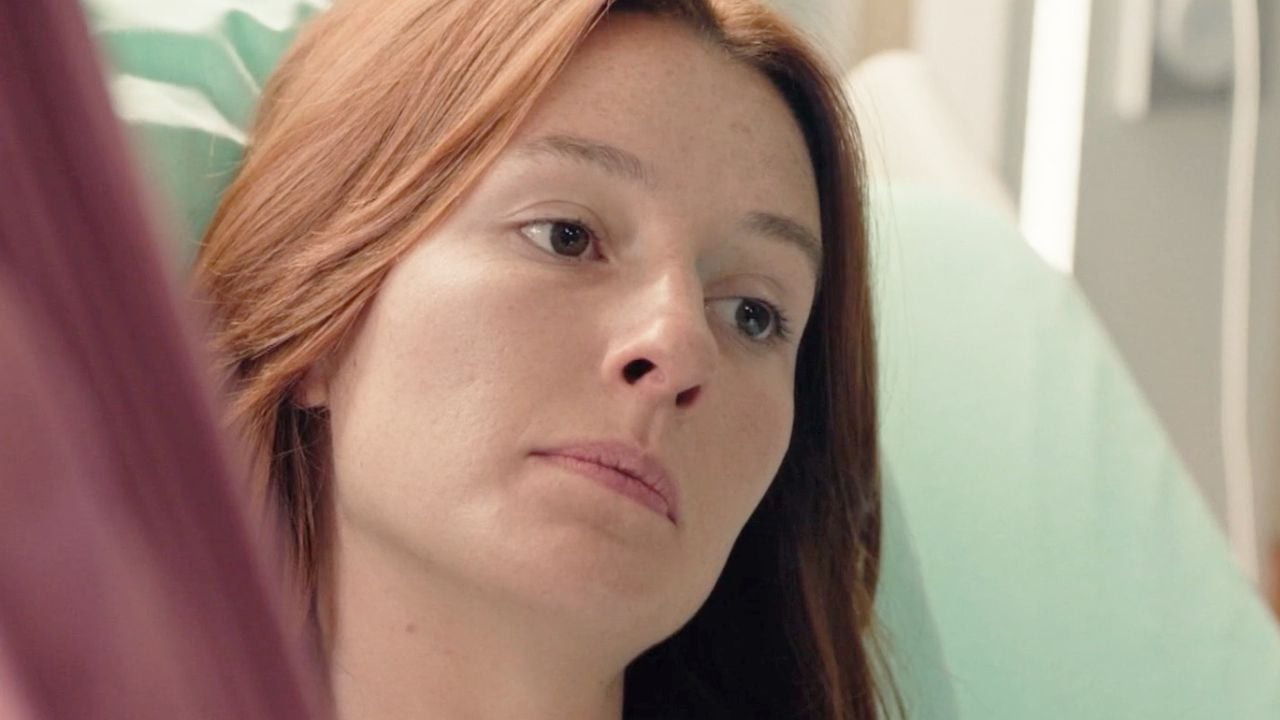The new Pisa report shows that Brazil ranks below the average of OECD member countries on three assessment fronts
In a room with ten 15-year-old Brazilian students, fewer than three are likely to know how to interpret and recognize a mathematical situation without direct instruction. This is what emerges from the new report International Student Assessment Program (Pisa)referring to the year 2022.
Brazilagain, it was lower than the average for member countries of the Organization for Economic Co-operation and Development (OECD), on the three evaluation fronts. But performance in mathematics was the worst: only 27% of Brazilian students know more than the minimum required for the scope of the subject, while the world average is 69%.
Compared to 2018the last year in which Pisa was held, Brazil’s math average dropped five pointsand it’s at 379. In the reading it dropped by three pointsreaching 410. And in science, one fellreaching 403 points.
- The Pisa scale is divided into 6 levels, 2 of which refer to basic knowledge of the subject;
- In reading, 50% of Brazilian students reached level 2 or higher. On the global average, 74% of students achieved level 2 or higher;
- In science, 45% of Brazilian students achieved level 2 or higher. Globally, the global average is 76% of students.
According to the report, the declines in reading and science were not significant. Learning in Brazil is believed to be stagnant in these two subjects. The country, in fact, does not present significant changes in average results compared to 2009.
What is Pisa
Pisa is a survey that takes place every three years with fifteen-year-old students from all over the world. The extent to which they have acquired knowledge and skills essential for full participation in social and economic life is assessed.
Although the eighth assessment was originally scheduled for 2021, the Pisa Board of Governors postponed the assessment to 2022 due to the numerous difficulties faced by education systems due to the Covid-19 pandemic.
- Pisa 2022 covered 37 OECD countries and 44 partner countries and economies, for a total of 81 assessed;
- Pisa 2022 included assessments to test students’ knowledge and skills in: mathematics, reading, science, creative thinking and financial education;
- In each round of Pisa, a subject is tested in detail, taking up almost half of the total testing time. This time it was math. Reading, science and creative thinking remained secondary fields;
- Creative thinking was assessed for the first time as an innovative area at Pisa 2022;
- Around 690,000 students took the assessment in 2022, representing around 29 million 15-year-olds in schools across 81 countries and economies;
- In Brazil, 10,798 students, in 599 schools, completed the assessment in mathematics, reading or science, representing approximately 2,263,000 15-year-old students;
- As was the case in 2015 and 2018, computer-based tests were used in most countries and economies at Pisa 2022, with assessments lasting a total of two hours for each student;
- Students completed a baseline questionnaire, which took approximately 35 minutes to complete. The questionnaire sought information on students’ attitudes, dispositions and beliefs, their homes, and their school and learning experiences;
- School principals completed a questionnaire regarding the management and organization of the school and the learning environment;
The pandemic and its effect on learning in 2022
This is the first Pisa held after the interruption of lessons due to the Covid-19 pandemic. This impact can be seen in overall average of the evaluation, which experienced unprecedented performance declines across the globe.
- Compared to 2018, the average reading performance dropped by ten points;
- In mathematics he dropped 15 points, which is equivalent to three-quarters of a year of learning.
On the other hand, 31 countries managed to maintain or increase the average performance of their students in the assessment. In common, they have kept schools closed for less time and have had fewer obstacles in offering distance learning.
Despite this, the Pisa report highlights that the pandemic cannot be seen as the only factor that led to the decline in the global average. Reading and science scores had been declining even before the health emergency.
Brazil compared to other countries
In the ranking of 81 countries and economies, Brazil usually appears at the bottom. Check the country’s position relative to others:
- When evaluating performance in mathematicsor Brazil appears in 64th place;
- In scienceor Brazil appears in 61st place;
- In readingor Brazil it performs slightly better, remaining in the 52nd position.
Compared to South American countries, Brazil is in a better position in mathematics only than Argentina (65th) and Paraguay, which appears second to last in the ranking.
Chile, followed by Uruguay, has the best mathematics results among South American countries. The country scored 412 points, six less than the last edition in Pisa, and ranked 51st. Uruguay has three points less than Chile and appears in the next position.
Above average countries
At the top of the table, 23 countries or economies score above the OECD average in mathematics. In reading, 20 is above average. And in science the number reaches 24.
The Asian continent dominates the top 5 in all areas assessed. Singapore It is the country with the best performance on all three fronts, having even raised the average compared to the pre-pandemic period in mathematics and science. Watch:

Source: Terra
Rose James is a Gossipify movie and series reviewer known for her in-depth analysis and unique perspective on the latest releases. With a background in film studies, she provides engaging and informative reviews, and keeps readers up to date with industry trends and emerging talents.







